The Necromancer
Ignacio Ramírez
Poetic San Miguel
|
|
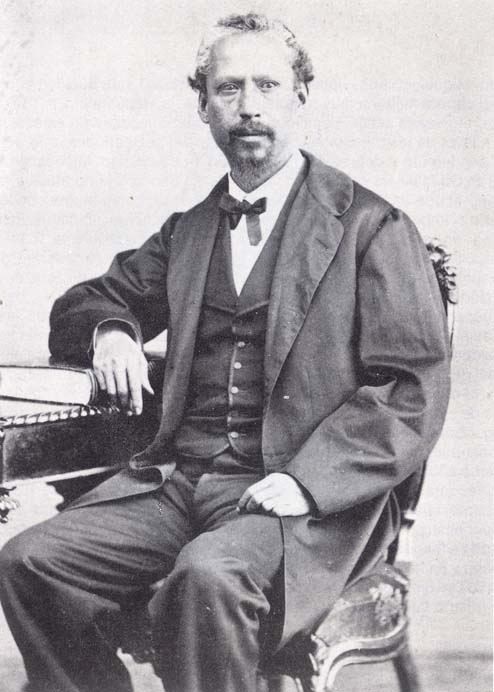 Español
Español
August 17, 2025
by Catherine Marenghi
This article is part of an ongoing series about poets and poetry with roots in San Miguel de Allende.
His family home still stands on Calle Umaran. One of the town's most iconic buildings is named for him. He was a towering 19th Century intellectual, a radical political thinker of the Liberal Reform era (La Reforma), an unapologetic atheist, an early champion of education for women and indigenous people, a lawyer, a statesman, a journalist, and a fine poet. (Partly because much of his poetry remains untranslated, it is little known outside Mexico.)
Ignacio Ramírez Calzada was a man of culture and wit, and one of the architects of the secular State of Mexico. His contemporaries hailed him as the Mexican Voltaire and the Apostle of the Reformation, among other epithets.
This is the story of a lyrical poet with a subversive soul.
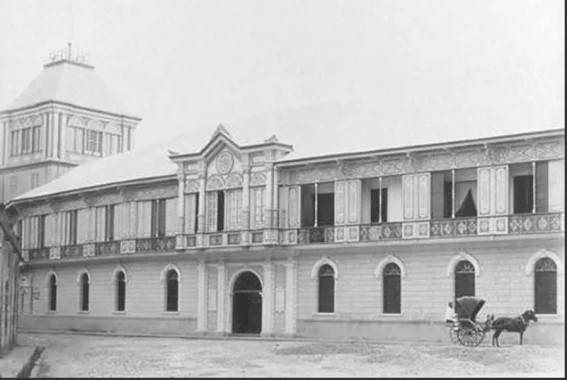
Academia de San Juan de Letrán
*
The Making of Ignacio Ramírez
Ramírez was born to parents on June 22, 1818, in San Miguel el Grande, as the town was then known. His upbringing in a liberal, intellectual household shaped his lifelong embrace of free thought and skepticism. Ramírez started his education in Queretaro, but at the age of seventeen he enrolled at the Colegio de San Gregorio in Mexico City. In 1845 he obtained a law degree from the Pontifical University of Mexico.
When, in 1836, he was accepted into the prestigious Academia de San Juan de Letrán, an important Mexican literary association of the 19th Century, his acceptance speech was marked by this explosive admission: "No hay Dios; los seres de la naturaleza se sostienen por sí mismos" – "There is no God; nature's creatures take care of themselves." It stunned the assembly. The priests on the faculty didn't take kindly to his blasphemous message and moved to reject him. It was only through the intervention of Father Lacunza, a man who later became the Mexican Archbishop, that Ramírez, based on the powerful logic of his presentation, was allowed to remain a member of the Academy.
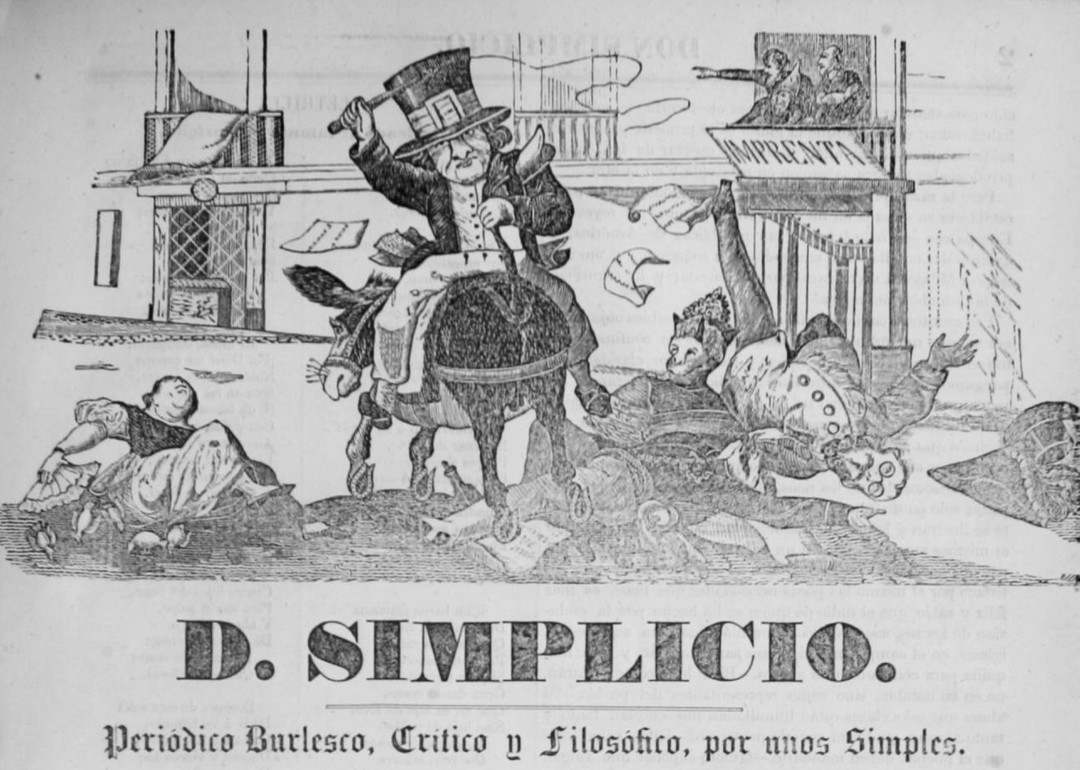
He began publishing a satirical journal (with Guillermo Prieto and Vicente Segura) in 1845 called Don Simplicio. This is when he began using the mysterious pseudonym "El Nigromante" (The Necromancer), meaning a wizard or conjurer, or one who communicates with the dead.
Ramírez denounced the wealthy and the Church, often with an acerbic sense of humor. For example, writing in Don Simplicio, he proposed that "The Ten Commandments shall be enforced to their full extent, except the seventh [which prohibits adultery], as long as citizens lack another honorable means to maintain their subsistence."
Ramírez extended this brand of social commentary in other articles: "We the workers say to the hacendados: Why without the sweat of your brows do you eat bread, or toss it to your prostitutes and lackeys? If you say because God made you rich, show us the deeds."
During the U.S.-Mexico War (1846-1848), in which Mexico would ultimately lose 55% of its territory to the United States, Ramírez served briefly in the military, fighting in the Battle of Padierna, also known as Contreras, in 1847. Ramírez's greater contribution to the war effort was to contribute, along with several other intellectuals, to Apuntes para la historia de la guerra entre México y los Estados Unidos (Notes Toward the History of the War between Mexico and the United States), a major work of 665 pages aimed at providing a factual and impartial account of the war.
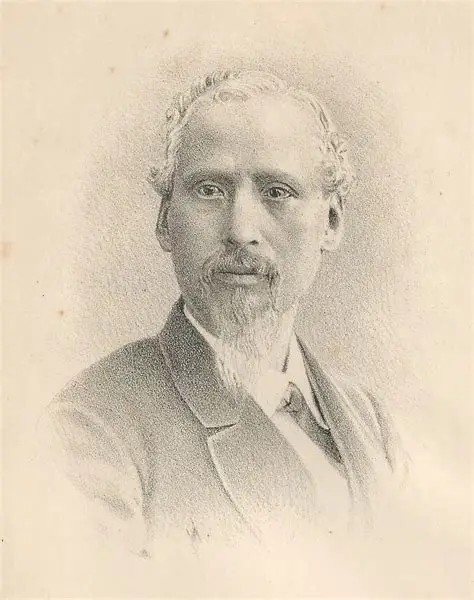
Ramírez was emerging as one of the most radical journalists and politicians of his day, and Mexico's most prominent atheist. Elected to the Constitutional Congress of 1856–1857, he advocated for religious tolerance and improving living conditions for ordinary people. Ramírez was critical of the Ley Lerdo, that broke the economic power of the Catholic Church and other corporations that owned vast tracts of land, part of La Reforma. Ramírez argued that the law made property available only to the middle class and the wealthy, who already owned property and were the only ones with the means to buy more.
During the government of Benito Juárez, Ramírez unified primary education in Mexico, standardizing curriculum, textbooks and teacher certification. He also participated in the drafting of the Reform Laws, as one of the purest liberal thinkers. President Benito Juárez selected Ramírez to serve as Minister of Justice (January–May 1861) and Minister of Development (March–April 1861). Despite these presidential appointments, Ramírez believed that the Constitution of 1857 gave congress supremacy over the presidency and increasingly came to view Juárez as a dictator.
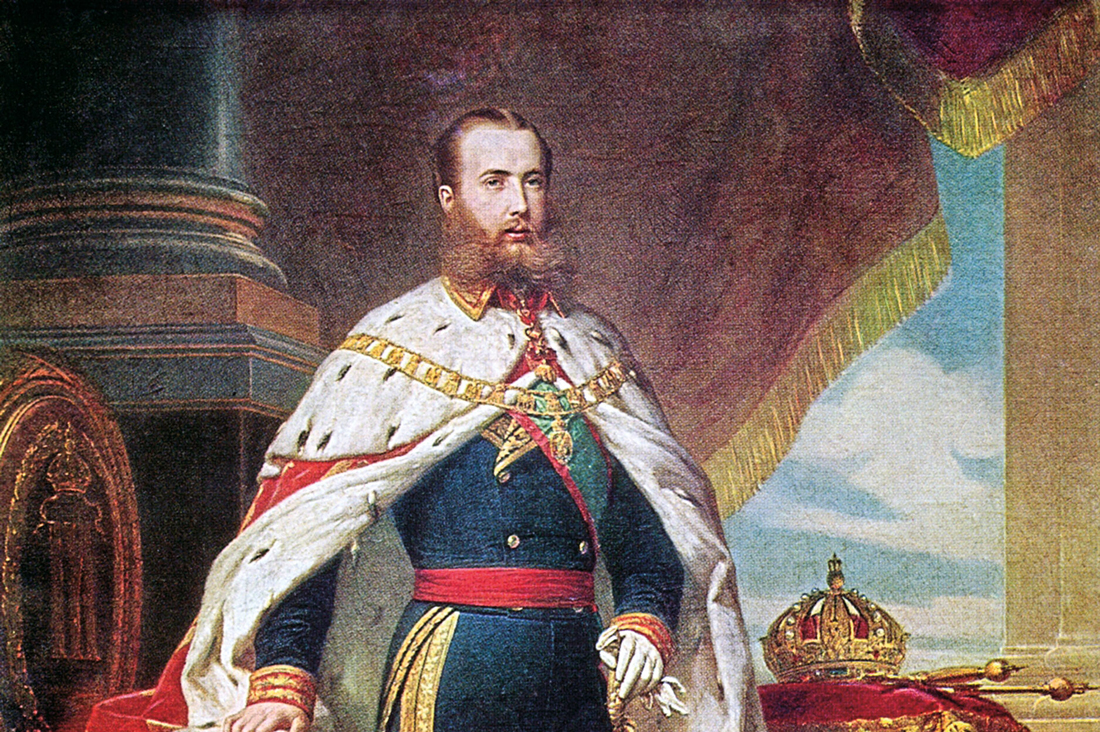
Emperor Maximilian I
*
In 1863, French Emperor Napoleon III, with backing from Mexican conservatives, the clergy, and nobility, aimed to establish a monarchist ally in the Americas to counterbalance the growing power of the United States. Thus began the Second Empire of Mexico. The throne of Mexico was offered to Austrian Archduke Maximilian of the House of Habsburg-Lorraine, who had ancestral ties to the rulers of colonial Mexico. He became Emperor Maximilian I.
To the profound disappointment of the monarchists, Maximilian I was surprisingly liberal in his thinking and sympathetic to the poorer classes. One of his first acts as Emperor was to limit working hours and abolish child labor. He canceled all debts over 10 pesos for peasants, restored communal property, and forbade all forms of corporal punishment.
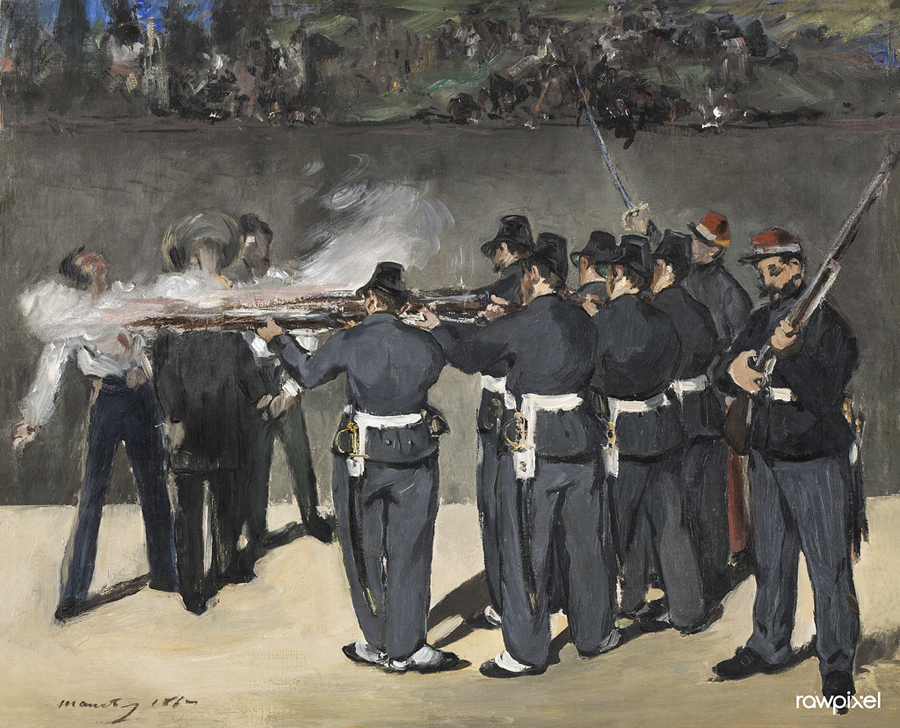
Maximilian execution in Querétaro, National Gallery
*
The Second Mexican Empire formally ended on June 19, 1867, when Maximilian I and his generals were executed by firing squad in Querétaro. The Mexican Republic was restored, having persevered throughout the French intervention and the monarchist regime.
Ramírez spent much of the Second Empire in exile in California. After the restoration of the Republic, Ramírez returned to Mexico, and President Benito Juárez appointed him Secretary of Justice and Public Instruction. He served as a justice of the Supreme Court from 1868 to 1879. During this administration, Ramírez created the Public Library and merged secular primary education in the Federal District into the national framework. He also served as Porfirio Díaz's first Minister of Justice (November 1876–May 1877).
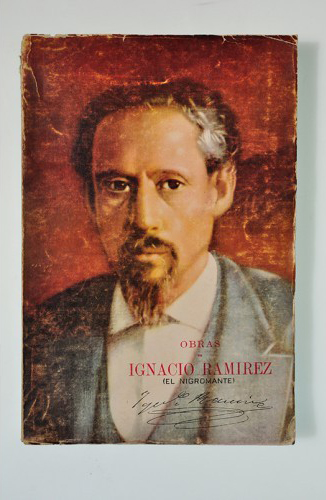
El Nigromante the Poet
It was from this boiling political cauldron that El Nigromante's poetic sensibility was forged. He wrote more than 100 sonnets and poems.
His tough political roots blossomed into a bold poetic voice championing education, secularism, and social justice. His verses were often satirical and infused with passion and humor. His poetry displayed the conviction of a thinker with the finesse to invoke the transformative power of the written word.
He contributed poetry to many politically reformist newspapers, such as El Monitor Republicano, Themis y Deucalión, El Clamor Progresista, among others, typically signing his name as "El Nigromante." His poetry ranged widely, from civic and patriotic verse to lyrical works that meditated on love and family.
He is sometimes associated with the costumbrismo movement, a derivation of realism that describes the customs and attitudes of a people or a region. Typical themes of this movement in Mexico include the Revolution, statehood, and the struggles of the indigenous peoples.
Literary critics highlight two defining qualities of Ramírez's poetry: the intensity of his convictions and the sardonic humor that colored his reflections throughout his life. For example, consider this passionate meditation on lost youth and the power of love. The sonnet blends refined elegance with poignancy and ferocity:
|
|
|
|
Al Amor
¿Por qué, Amor, cuando expiro desarmado,
de mí te burlas? Llévate esa hermosa
doncella tan ardiente y tan graciosa
que por mi oscuro asilo has asomado.
En tiempo más feliz, yo supe osado
extender mi palabra artificiosa
como una red, y en ella, temblorosa,
más de una de tus aves he cazado.
Hoy de mí mis rivales hacen juego,
cobardes atacándome en gavilla,
y libre yo mi presa al aire entrego.
Al inerme león el asno humilla…
Vuélveme, Amor, mi juventud, y luego
tú mismo a mi rivales acaudilla.
To Love
Why, Love, when I expire unarmed,
do you mock me? Take away that beautiful
maiden, so ardent and so graceful,
who has appeared in my dark refuge.
In happier times, I knew how
to boldly spread my artful word
like a net, and in it, trembling,
I have hunted more than one of your birds.
Today my rivals toy with me,
cowards attacking me in a gang,
while I set free my prey to the air.
The donkey humiliates the defenseless lion…
Restore my youth to me, Love, and then
you yourself lead my rivals.
| |
|
|
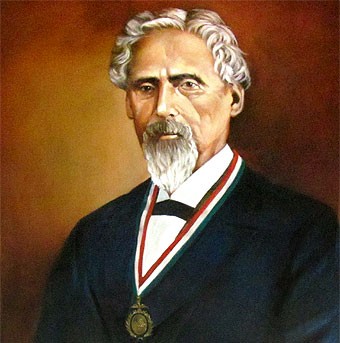
Here is a fragment from another of his most famous poems, an ode to remembrance and solidarity:
|
|
|
|
Por los gregorianos muertos
Cesen las risas y comience el llanto.
Esta mesa en sepulcro se convierte.
¡Vivos y muertos, escuchad mi canto!
Mientras que vinos espumosos vierte
nuestra antigua amistad, en este día,
y con alegres brindis se divierte;
y en raudales se escapa la armonía;
y la insaciable gula se despierta;
y va de flor en flor la poesía;
y el júbilo de todos se concierta
en una sola exclamación: ¡gocemos!,
y gozamos… La muerte está a la puerta.
Rechazar unas sombras, ¿no las vemos?
¡Ellas nos tienden suplicantes manos!
Ese acento, esos rostros conocemos.
¿No los oís?, ¡se llaman gregorianos!
Permíteles entrar, ¡oh muerte adusta!
He aquí su asiento… Son nuestros hermanos.
Pudo del mundo la sentencia injusta
proscribirlos, mas no de mi memoria:
Conversar con los muertos no me asusta.
For the Dead Gregorian Brothers
Let the laughter stop and the crying begin.
This table becomes a tomb.
Living and dead, hear my song!
While sparkling wines pour out
our ancient friendship, on this day,
and with joyful toasts it revels;
and harmony escapes in torrents;
and insatiable gluttony awakens;
and poetry goes from flower to flower;
and the joy of all is convened
in a single exclamation: Let us rejoice!
Death is at the door.
Reject shadows – don't we see them?
They hold out pleading hands to us!
That accent, those faces we know.
Don't you hear them? They are called Gregorians!
Let them in, O stern death!
Here is your seat… They are our brothers.
The unjust sentence could have banished them
from the world, but not from my memory:
Talking to the dead does not frighten me.
| |
|
|
This poem contrasts festivity with mourning and highlights mortality's quiet but constant presence. The poet acknowledges "Death is at the door," and he invites the dead dinner guests to enter, calling them "the gregorians" – hermit monks. Ramírez expresses comfort in conversing with the dead, regarding them as familial guests as they represent his own heritage and ancestors.
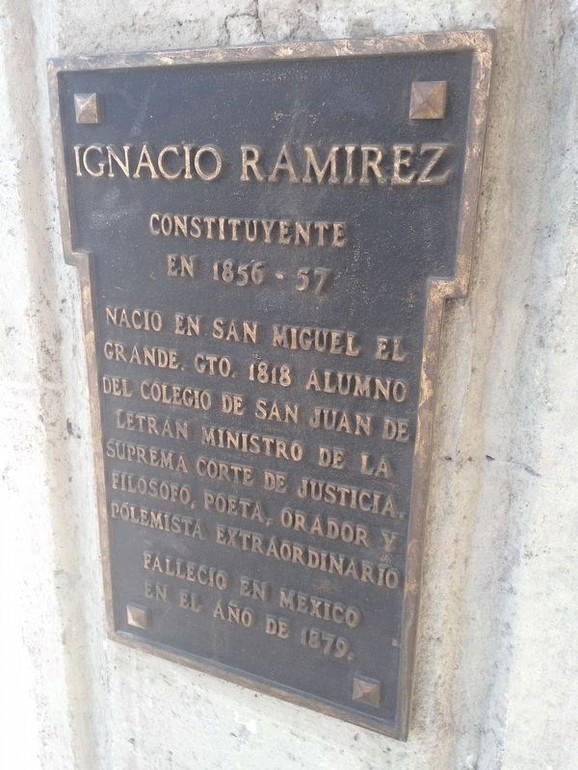
El Nigromante's Legacy
Ramírez died on June 22, 1879 at the age of 60. He is interred at the Rotunda of Illustrious Persons in Mexico City. At his funeral, the poet Justo Sierra said that he was "the sublime destroyer of the past and the worker of the Revolution."
In addition to publishing his poetry in periodicals, his most comprehensive collection of literary writing is the two-volume Obras de Ignacio Ramirez...: Poesías. Discursos. Artículos Históricos y Literarios (originally published in 1889). Several of his poems are also collected in the anthology La otra poesía mexicana, with themes that span love, reflection, and existential insight.
One of the sonnets in this anthology would be a fitting epitaph:
|
|
|
|
Soneto
Héme al fin en el antro de la muerte
Do no vuelan las penas y dolores,
Do no brillan los astros ni las flores,
Donde no hay un recuerdo que despierte.
Si algun dia natura se divierte
Rompiendo de esta cárcel los horrores,
Y sus soplos ardientes, erradores
Sobre mi polvo desatado vierte,
Yo, por la eternidad ya devorado,
¿Gozaré si ese polvo es una rosa?
¿Gemiré si una sierpe en él anida?
Ni pesadillas me dará un cuidado,
Ni espantará mi sueño voz odiosa,
Ni todo un Dios me volverá á la vida.
Sonnet
At last I find myself in death's abode
Where pain and sorrow do not fly,
Where neither stars nor flowers shine,
Where no memory awakens.
If one day nature rejoices,
Breaking free from this prison of horrors,
And pouring its burning, errant breaths
Over my unbound dust,
I, already devoured for eternity—
Will I rejoice if that dust is a rose?
Will I moan if a serpent nests in it?
No nightmares will give me a care,
No hateful voice will trouble my sleep,
Nor will an entire God bring me back to life.
| |
|
|

Rivera's mural
*
Sixty-eight years after his death, Ramírez continued to stir controversy. In 1947, the famed muralist Diego Rivera unveiled his iconic mural, "Dream of a Sunday Afternoon in Alameda Central Park," a 50 x 13-foot fresco weighing seven tons created for the Hotel del Prado in Mexico City. The mural depicts 100 historical figures spanning four centuries. Next to Benito Juárez, Ramírez is shown holding up a small sign that says, reminiscent of his Academia de Letrán speech, "God does not exist."
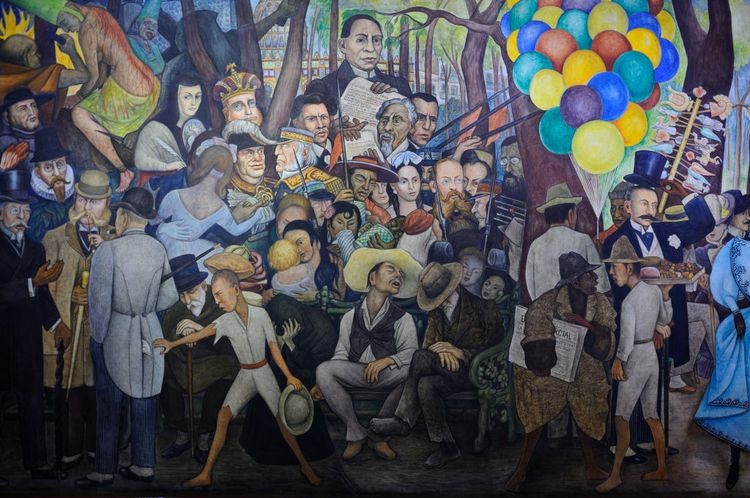
The hotelier was not pleased by the controversial phrase and ordered Rivera to remove it. The artist refused, and after a series of protests for and against the painting and numerous acts of vandalism, a compromise was reached: the painting would remain intact, but hidden by a retractable screen that could be removed at the request of those willing to tip handsomely. Rivera finally removed the offending phrase in 1956, but under protest. The mural was seriously damaged in the 1985 Mexico City Earthquake, but was restored and later moved to its current location, the Museo Mural Diego Rivera adjacent to Alameda Park.
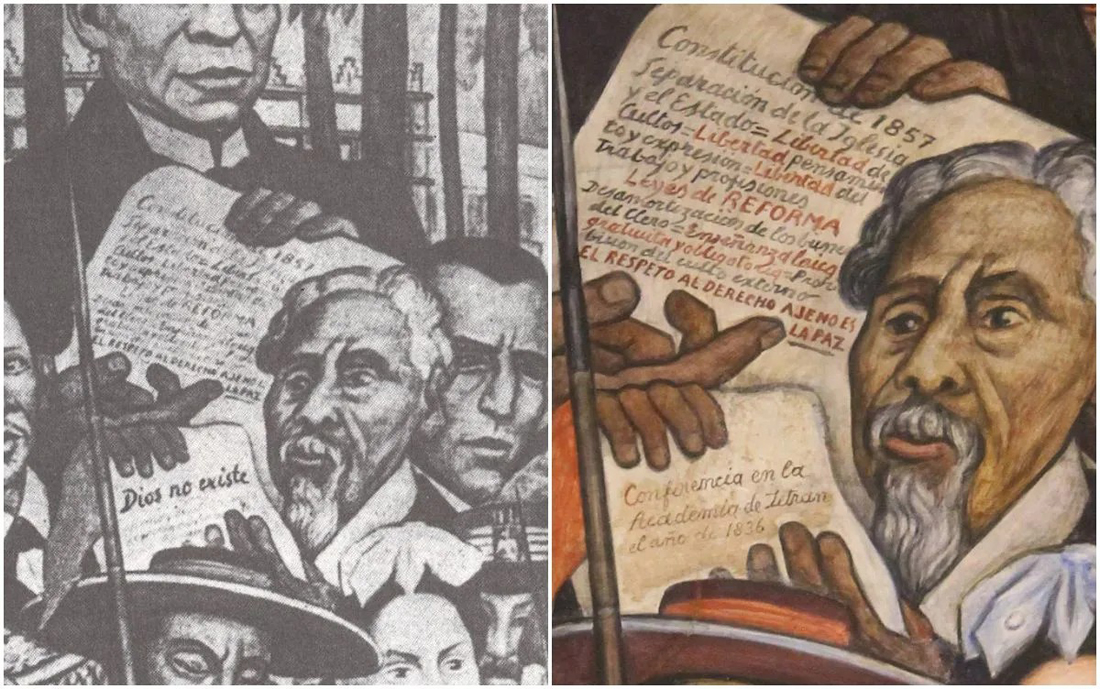
Ramírez's text before and after
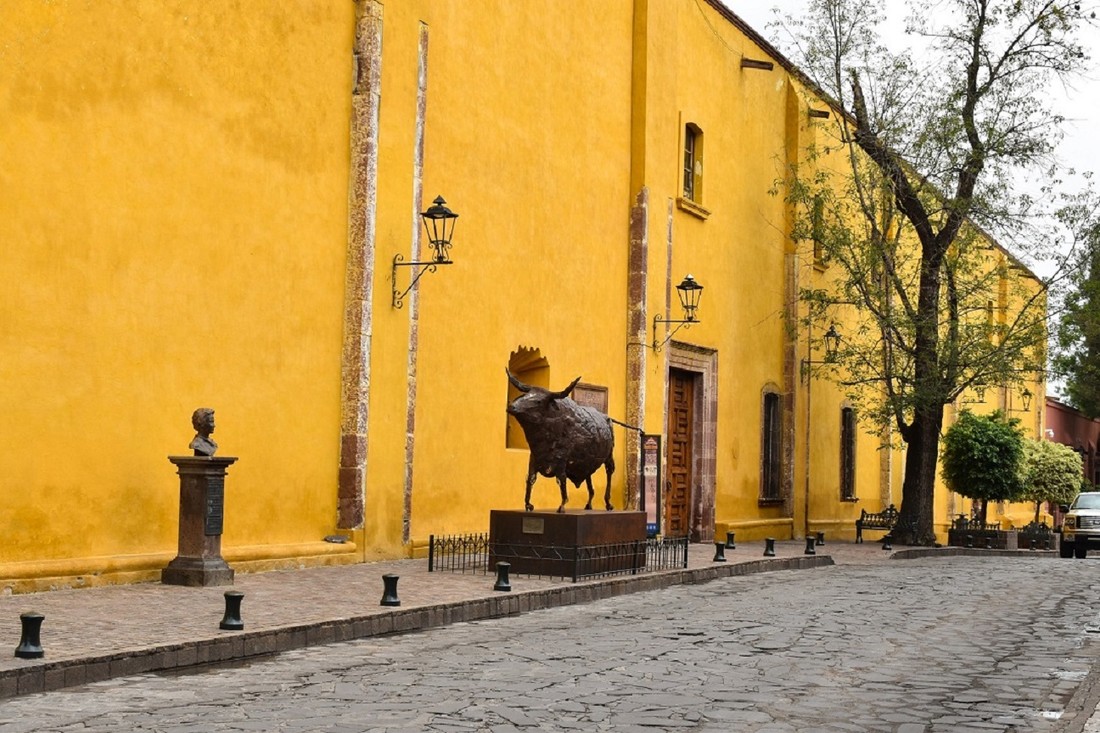
San Miguel de Allende honors its famous native son in multiple ways. The Centro Cultural Ignacio Ramírez "El Nigromante," known locally as Bellas Artes, now stands in the town center in a beautifully restored former convent, adorned with dramatic murals by David Alfaro Siqueiros, Pedro Martínez and Eleanor Cohen. It houses a bookstore and art galleries, and has served as a longtime cultural venue. The town has a neighborhood and a primary school named Nigromante in his honor.
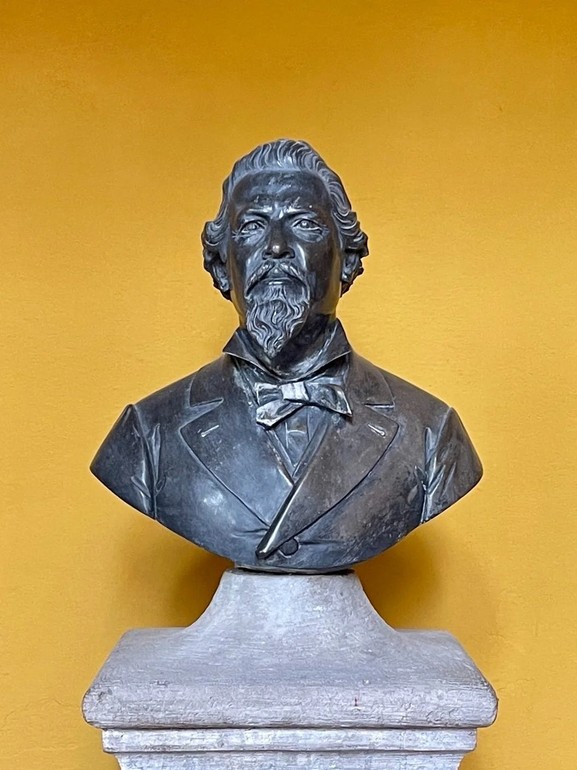
The house that was Ramírez's birthplace on Calle Umaran 38 is now owned by the University of Guanajuato, which has substantially renovated the structure. It hosts cultural events and displays relics of the Ramírez family, including artifacts from the period of Mexico's War of Independence when Ramírez's father fought alongside the insurgents.
Moreover, cultural celebrations in San Miguel continue to celebrate El Nigromante's contributions through literary festivals, reenactments, and exhibitions held on his birthday, reinforcing his lasting influence on the city's cultural identity.
**************

Catherine Marenghi is a local poet, novelist and memoirist who has been active in the San Miguel literary scene for more than a decade. She has published three poetry books, a memoir, and a historic novel. A native of Massachusetts, she has made San Miguel her permanent home.
www.marenghi.com
**************
*****
Please contribute to Lokkal,
SMA's online collective:
 ***
***
Discover Lokkal:
Watch the two-minute video below.
Then, just below that, scroll down SMA's Community Wall.
Mission

Visit SMA's Social Network
Contact / Contactar

|
|
|
|
| | |
Click ads
Contact / Contactar
 copyright 2026
copyright 2026
|
